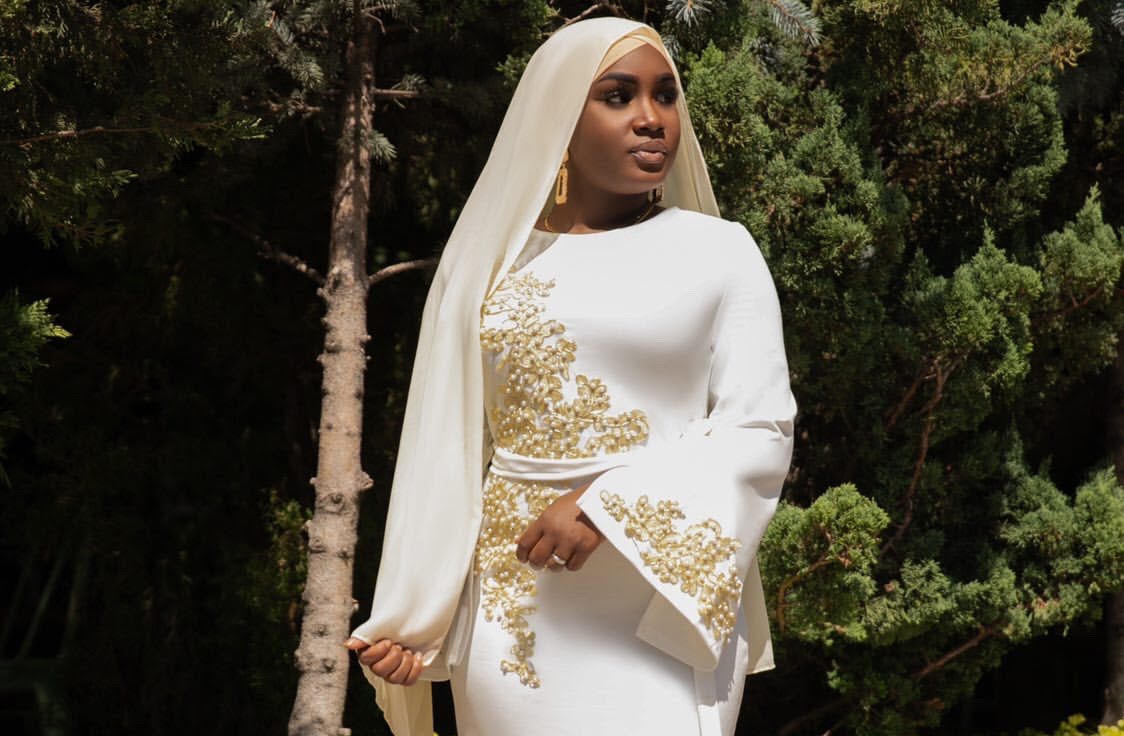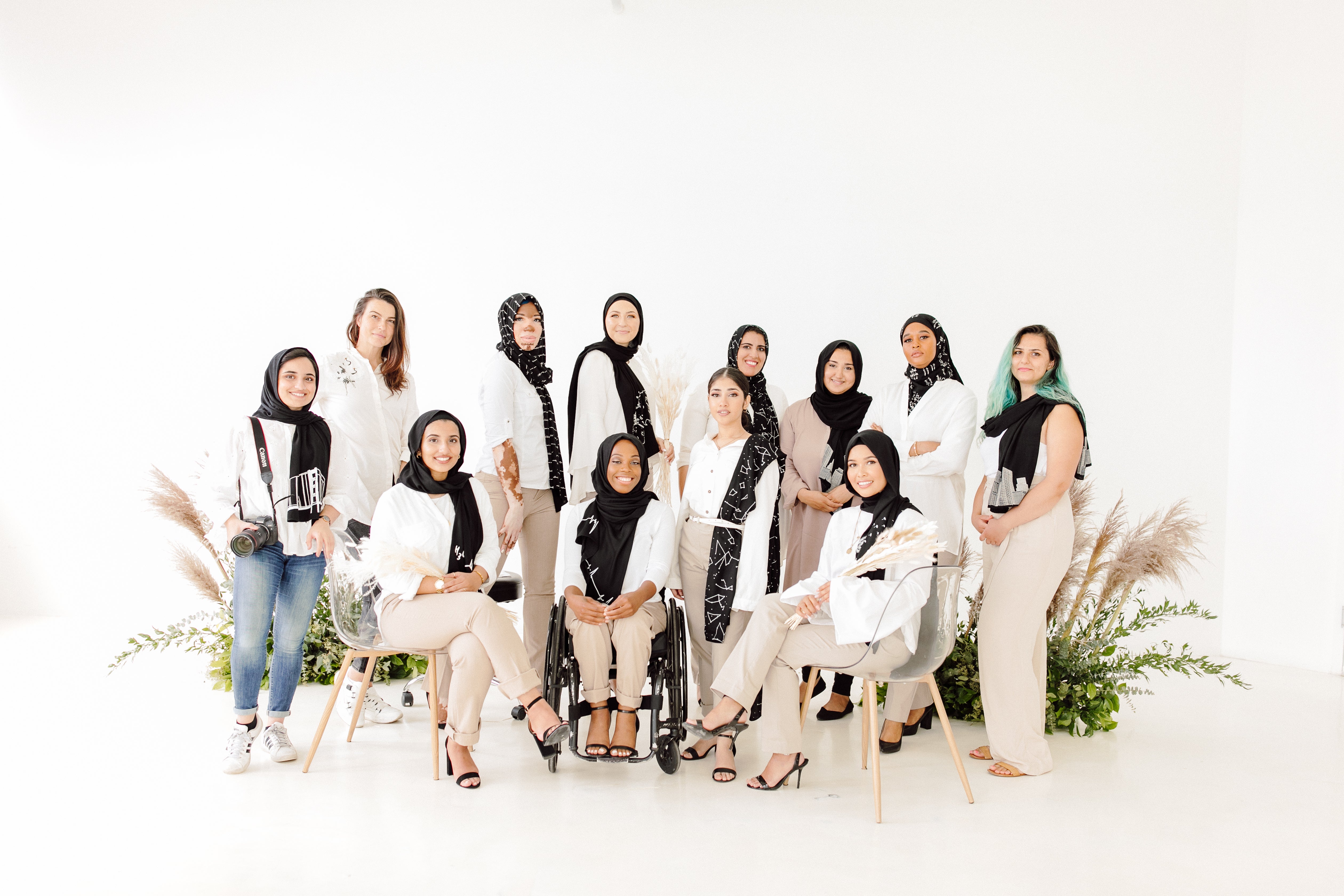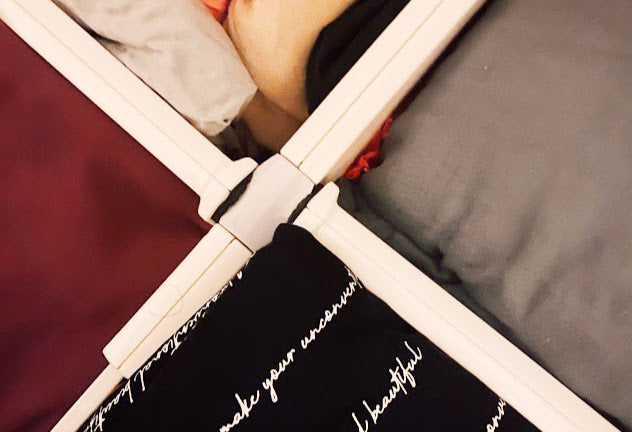
Interview with the CEO of Tresbelle Prints

We got the chance to sit down with Cire Kaba, the CEO of Tresbelle Prints and chat about her business, struggles as a black woman, manufacturing, and so much more. It was such a great opportunity to chat with someone as talented and hardworking as herself mA!
Cire also just launched a new Luxe line so be sure to check it out for some cute & chic clothing.
Q: Tell us about yourself!
My name is Cire and I was born and raised in Bronx, NY. I currently run a modest clothing brand called Tresbelle Prints but it took me a long time to get here!
What’s funny is that in college, I was a Biology major and originally wanted to become a doctor. I found myself really into fashion and loved getting dressed regardless of clothes. Personally that attracted me more and it ended up being the route I went on.

Q: What got you into Tresbelle Prints?
Tresbelle Prints started as a brand that sold materials. We offered all different types of fabrics - lace, cotton and more. My parents are originally from Guinea, West Africa, and in our culture, we have a lot of events. We usually need to get our outfits tailored or made for multiple events like weddings.
Every time I would get clothes from back home, I felt like it didn’t incorporate my style. The summer I started Tresbelle Prints was a season with a lot of events and I realized I didn’t have any traditional clothing. That’s when I had the idea to buy fabric I liked, take it to the tailor, and design five outfits for him to make.
When I began to wear them out, people would stop me to ask questions. Who was I wearing? Where did I get it from? What’s the fabric? I quickly realized that I was addressing a need and it got me interested in seeing where else I could take my designs. Eventually, I decided to begin sourcing fabrics such as lace and began to make my own clothing. I found a vendor and told him the vision I had in mind and he would help bring it to life.
Q: I see Tresbelle Prints is a modest fashion brand. Was it always that?
Everything changed last Ramadan. It was the month I decided to keep my hijab on.
As a newly covering woman, I realized slowly that the outfits of my brand weren’t really aligning with my choice to dress modestly. It was a tough decision, but I realized that I wanted to change my entire brand into a modest brand. That meant shifting my entire target audience, business strategy, and even the product itself.
At the time, Tresbelle Prints was a hit for big weddings and formal events. I was a part of fashion shows and was getting a lot of publicity. For me though, I knew I couldn’t wear my designs anymore as a hijabi, and I wanted to be able to wear my own clothes. I didn’t believe in selling dresses I couldn’t wear and vouch for myself.
When I started hijab, I couldn’t even wear 80% of what I owned! It was kind of like going back to square one. I donated my old designs and was on the hunt to buy more clothes. Again, it was difficult and challenging to find stylish modest clothes I felt would represent me. That’s when I realized the need that existed within the modest market. I began to think about the clothing I would wear and began to design those.

Q: Congrats on your new line and next steps!! What was your biggest challenge of your new line?
The Luxe Line is our latest release and it’s the first time that I was able to put my twist on our dresses. I used to work with vendors and they would be selling to me. While their outfits were cute, they were not Cire. I wanted to feel like myself and be ME. I felt clothes were missing my personal touch.
Talking to any manufacturer quickly makes you realize just how expensive any business is. So many of them have minimum quantities in one style and color. The amount of money that I’d have to invest with a manufacturer would be so much more than a vendor. Still, for me, because I loved and truly believe in my product, I knew it was the right decision.
It took me a WHILE to come up with the new designs. It’s not as simple as it may seem! First, you pick designs, then color, then fabric - it’s a really long process. I never knew how many red satins there were!
One of the biggest challenges I would say to date is sizing. I want my brand to be able to cater to all sizes. I am petite so a small on me could be different on another woman. After a lot of work, my sizes now run from S-2X. Still, I feel I want to be more inclusive and incorporate different heights and clothing for curvy women. I want to be able to start off small, but my goal is to cater to that as well since unfortunately certain manufacturers only go up until a certain size.
Q: As a black woman, what would you say are some of your struggles you face in running a business?
A lot of struggles with black women is that you are hidden. As a black woman, I have to work ten times harder as any other business. We already have a gender gap and then on top of that, a racial gap as well. What’s interesting is that there are more female entrepreneurs that are Black than in any other racial group according to American Express (CNBC).

Q: In an effort to amplify more black voices, what is something you'd like to tell our audience (if anything)?
We have so much money within our community. Black buying power was $1.4 trillion in 2019 and is expected to rise to $1.8 trillion in 2024 (CNBC). That alone shows we have a lot of buying power and have a lot of gross income. We HAVE to continue to support our own.
Only 2% of that money circulates in that community. In the Black community - 1 dollar only circulates within black community for 6 hours (Black Star Project). In comparison to other communities, this is much lower.
- 6 hours in the Black community
- 17 days in the White community
- 20 days in the Jewish community
- 30 days in the Asian community
I’d tell our audience to continue to buy black owned. In order to make the money we need we just have to continue. Even though whatever happened to George Floyd was horrible, I did appreciate everything that happened because people really started to amplify black. Even Beyoncé having her own website dedicated to black owned business was a really great initiative. We just have to continue to buy black.

Q: What message do you hope your clothing brings to your customers?
Regardless of what background/ethnic group /shape/size you are, you are still beautiful no matter what you wear.
I especially learned this when it came to myself. As I entered the modest space, I had a lot of covering ladies reach out to me and say people and say that hey had been wearing hijabs for years but never thought it could be fashionable. Those messages really weighed on me because I realized I have a duty.
My brand is open to people who are Muslim/non-Muslim. I just believe it’s important to feel powerful even if you're modest. Our society says if you’re not showing cleavage or skin, you’re not beautiful. I want my brand to show you can still be bold, fashionable, and beautiful, all at once.
Sources
- CNBC - Black Buying Power
- CNBC- Underfunded Female Demographic
- Black Star Project - Circulate Black Dollars in Black Community
Find her page + store in the following links :


Leave a comment
This site is protected by hCaptcha and the hCaptcha Privacy Policy and Terms of Service apply.